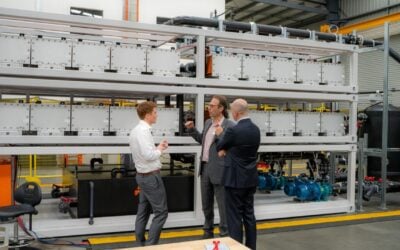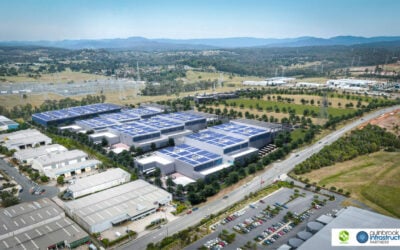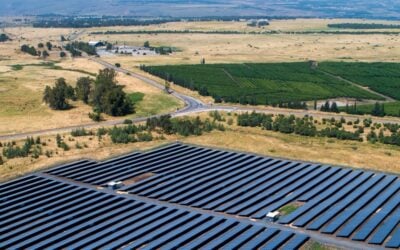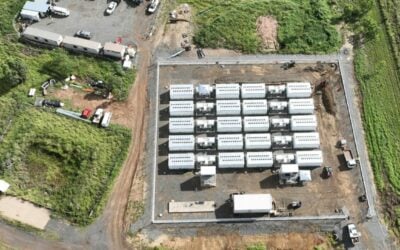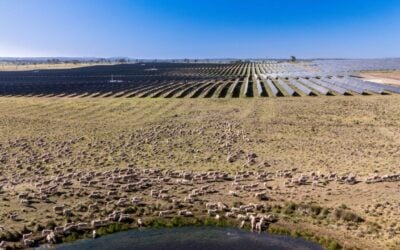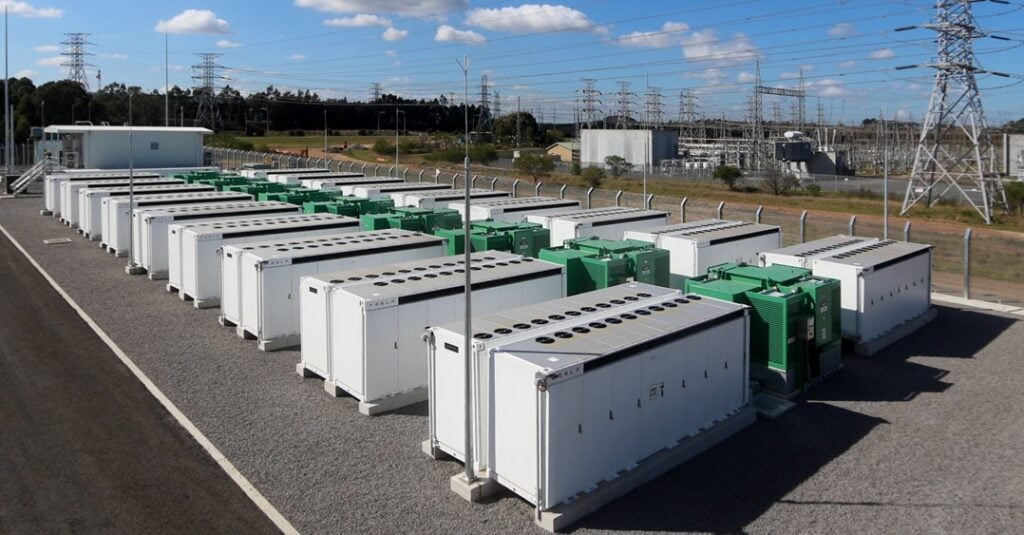
Australian transmission system operator, Transgrid, has released its Project Assessment Draft Report (PADR), indicating that 4.8GW of grid-forming battery energy storage systems (BESS) will be necessary to stabilise the grid in New South Wales (NSW) as more renewable energy generation is deployed.
Grid-forming BESS assets can provide inertia to maintain system stability through the integration of advanced inverters, which can be deployed as retrofits to existing assets as well as in new-build projects. The rotating mass of thermal power generators has historically offered this critical grid-balancing function.
Enjoy 12 months of exclusive analysis
- Regular insight and analysis of the industry’s biggest developments
- In-depth interviews with the industry’s leading figures
- Annual digital subscription to the PV Tech Power journal
- Discounts on Solar Media’s portfolio of events, in-person and virtual
Or continue reading this article for free
Alongside grid-forming BESS assets, Transgrid stated that a “diverse portfolio of solutions is required to meet NSW’s system strength needs, including synchronous condensers, modifications to existing and future synchronous machines, contracts with hydro, coal and gas assets”.
Specifically, the PADR outlines that between eight and 14 synchronous condensers are needed to replace the system strength lost due to retiring coal assets and support the rollout of renewable energy generation assets.
Contracts should also be established with existing hydro, gas, and coal generators to ensure they can switch on or operate in synchronous condenser mode when needed.
The executive general manager of network at Transgrid, Marie Jordan, outlined that the report is a “big step forward in our planning to ensure the heartbeat of the grid stays strong throughout the rapid transition” and that more supported must be provided to “new sources of system strength”.
“Renewable energy sources like wind and solar don’t have the same capabilities and need to follow a strong signal from the network, or they will disconnect, which is why we urgently need new sources of system strength,” Jordan said.
Transgrid operates and maintains the high-voltage electricity network in New South Wales, as well as the Australian Capital Territory (ACT).
Australia’s support for grid-forming technology
Aaron Gerdemann, senior business development manager at global solar inverter manufacturer SMA, said in PV Tech Power, Vol. 39, that grid-forming battery storage technology offers a rapid delivery of stored power and energy, outperforming conventional synchronous power plants in terms of response time and efficiency.
According to Gerdemann, Australia’s unique energy landscape, particularly with the vast potential for solar and wind deployment, could offer insight into the “future of energy supply and grid stability” as the island nation attempts to integrate renewable energy into the grid seamlessly.
In December 2022, the Australian Renewable Energy Agency (ARENA) announced its support for 2GW/4.2GWh of grid-forming BESS capacity, recognising the urgent need to bolster the grid’s stability.

